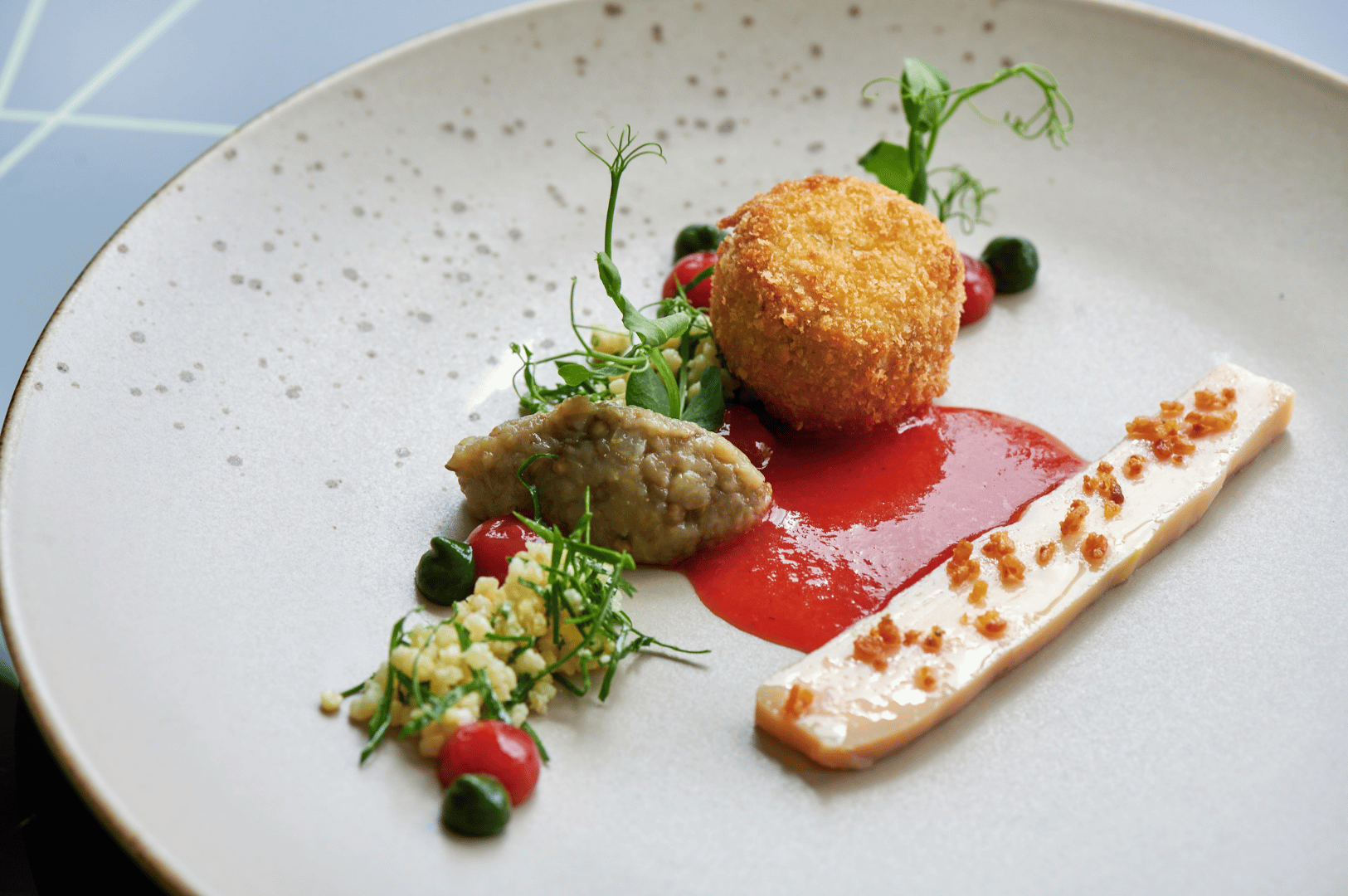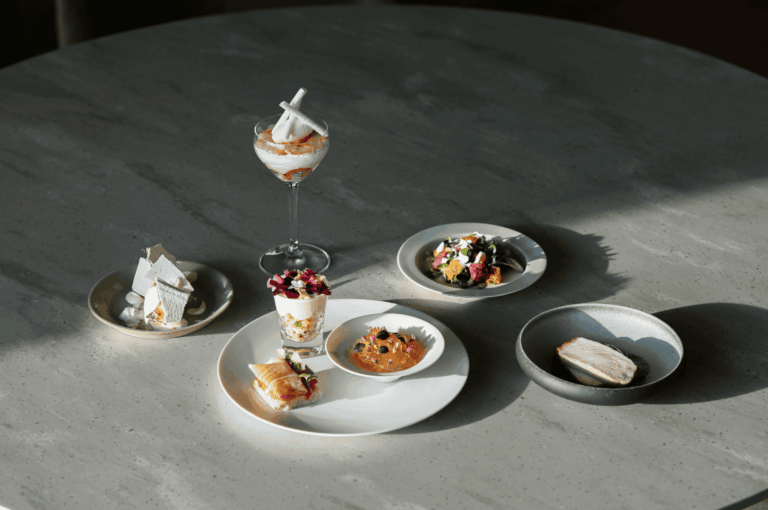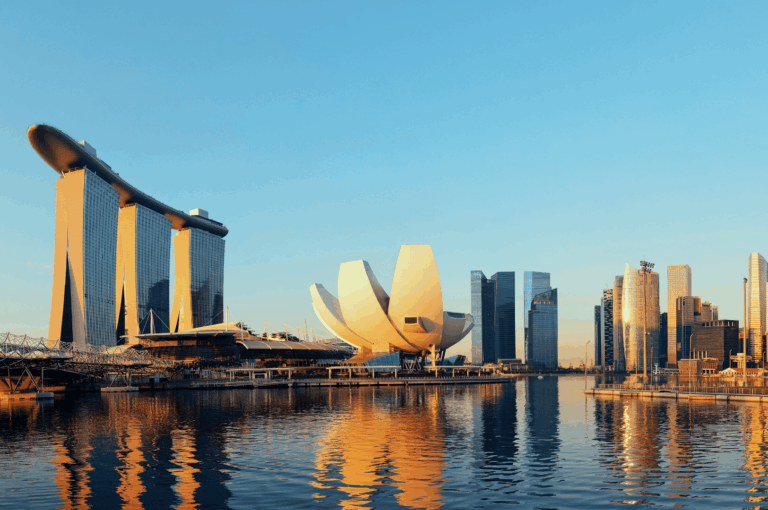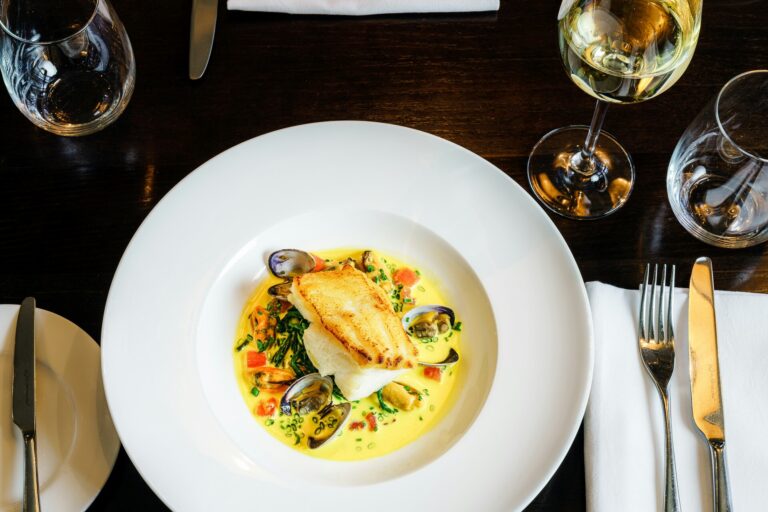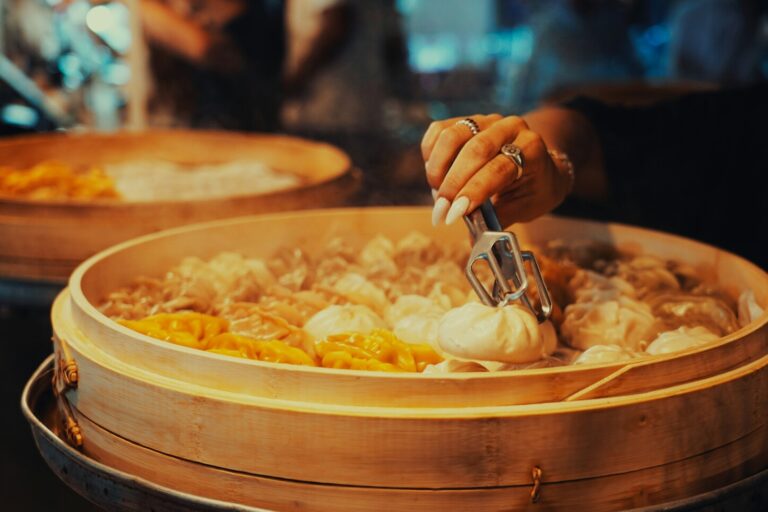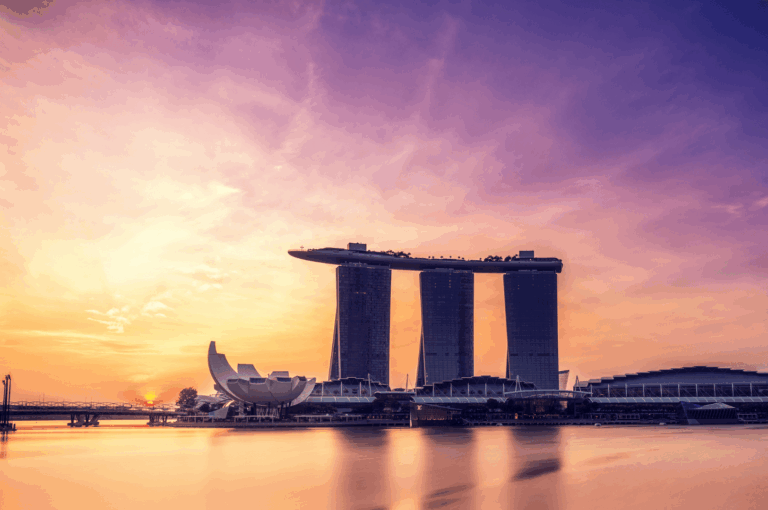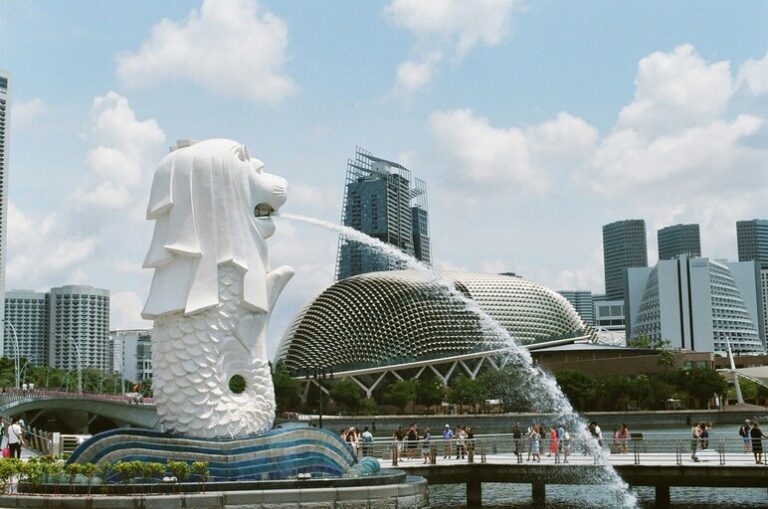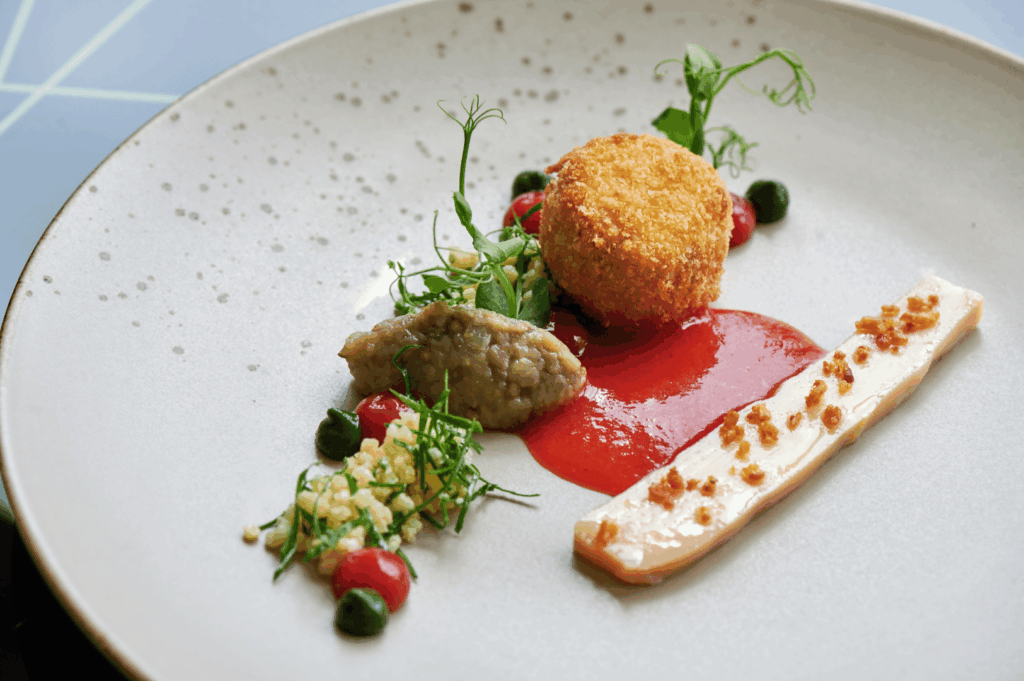
Imagine sitting in an intimate setting where a single spoonful of lobster bisque bursts with flavor and artistry. This isn’t just food—it’s an experience. Michelin-starred restaurants and fine dining venues are often considered some of the best restaurants in the world, celebrated for their exceptional quality and unique culinary mastery. That’s what I felt in my first Michelin-starred restaurant, and it made me wonder: how exactly does Michelin dining differ from fine dining?
The worlds of Michelin dining vs fine dining are often seen as exclusive and mysterious. Yet they aren’t only about food. They are about mastery, ambiance, storytelling, and memories that linger long after the last bite you eat. Let’s explore what makes a Michelin-starred dish so distinctive, how fine dining compares, and how these worlds connect to cultural journeys—from tasting menus to exploring Singapore heritage districts like Chinatown, Kampong Glam, and Little India.
Fine Dining: The Stage for Culinary Excellence
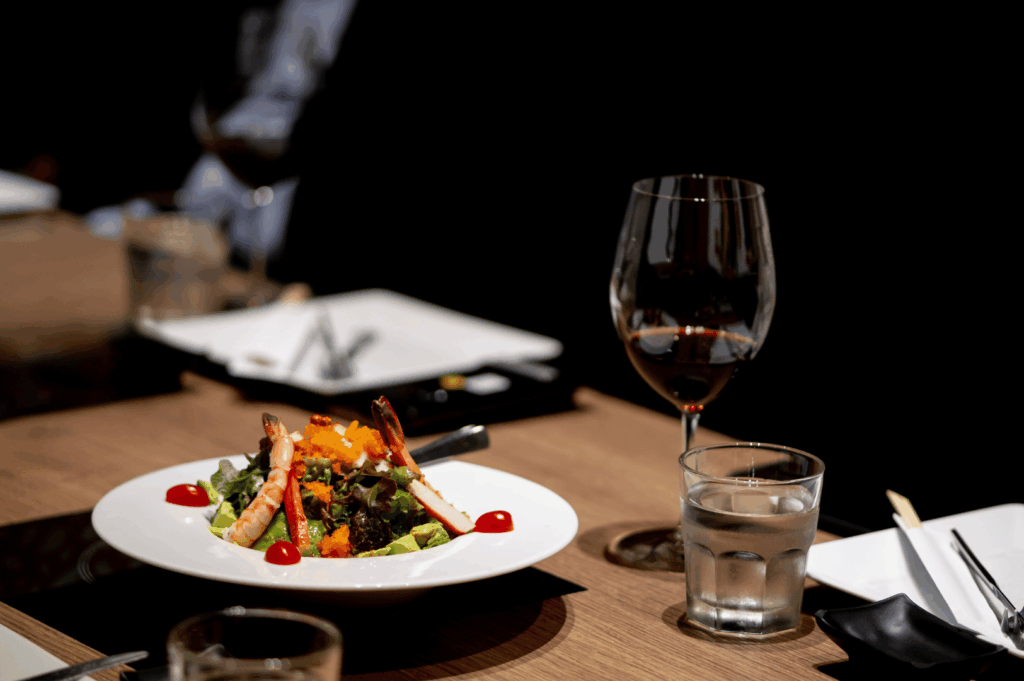
Fine dining restaurants are built around three essentials: exceptional cuisine, elegant atmosphere, and attentive service. Whether in an upscale restaurant with white tablecloths or a modern space with minimalist décor, upscale restaurants share the same goal: a memorable dining experience.
Menus often feature seasonal ingredients, refined cooking techniques, and artistic presentation. Fine dining menus frequently highlight classic dishes that define the restaurant’s culinary identity. The use of fresh and high-quality fresh ingredients is essential in fine dining, ensuring every dish meets the highest standards. Diners may encounter multiple courses, wine pairings, and a formal dress code, but the focus is always on excellent food. Many fine dining restaurants offer la carte options in addition to tasting menus, providing flexibility for guests. Fine dining establishments invite guests to savor food as both nourishment and art, with an emphasis on the taste of each dish. Some fine dining places also include a bar area where guests can enjoy drinks before or after their meal. These venues strive to create unique experiences for their guests.
The Michelin Guide: From Road Maps to Stars
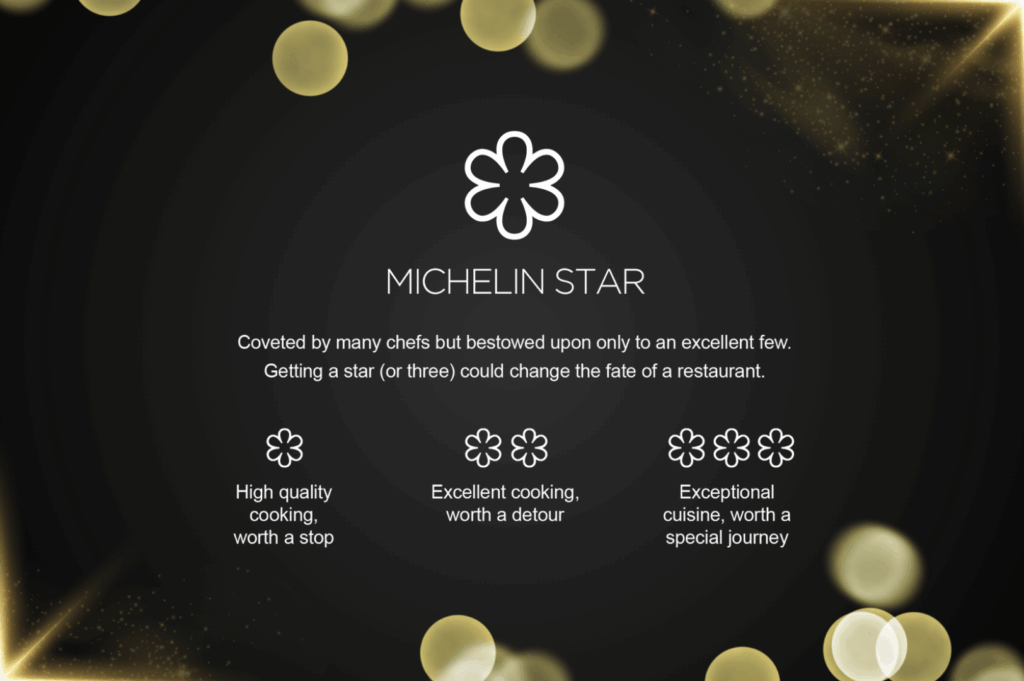
The Michelin Guide began in 1900 as a travel aid for motorists but quickly became the world’s most respected dining authority. Its coveted stars set the benchmark:
One star – A very good restaurant worth a stop; a one star rating in the Michelin Guide signifies consistently high-quality cuisine and is a notable achievement for any establishment.
Two stars – Excellent cooking worth a detour; two stars indicate outstanding quality and culinary skill, with establishments earning this distinction for their exceptional dishes and attention to detail.
Three stars – Exceptional cuisine, worth a special journey; three stars represent the pinnacle of fine dining, awarded to establishments that offer innovative, memorable experiences and impeccable service.
Establishments earn their Michelin stars through a rigorous evaluation process, involving anonymous inspections that assess consistency, mastery of techniques, and overall excellence. For chefs, it is a career-defining honor. For diners, it signals consistency, mastery, and the promise of a memorable dining experience.
The Five Pillars of Michelin-Star Dining
Ingredient Quality – Michelin chefs source premium, seasonal, often rare ingredients. A simple salad may feature heirloom vegetables harvested that morning.
Technical Precision – Every detail is exact, from knife work to temperature control, ensuring flawless execution.
Flavor Balance & Innovation – Chefs weave tradition with creativity, producing dishes that surprise while honoring culinary roots. Taste is paramount, with every element carefully considered to deliver a harmonious and memorable flavor profile.
Consistency – Whether at lunch or dinner, standards remain uncompromised across every plate and every visit.
Chef’s Vision – Personality and storytelling transform meals into journeys, with each dish reflecting heritage and artistry.
They also often accommodate special requests, personalizing the dining experience to meet each guest’s unique preferences.
Michelin-starred restaurants strive to create an immersive experience, where ambiance, service, and culinary artistry combine.
Behind the Stars: Michelin’s Inspection Process
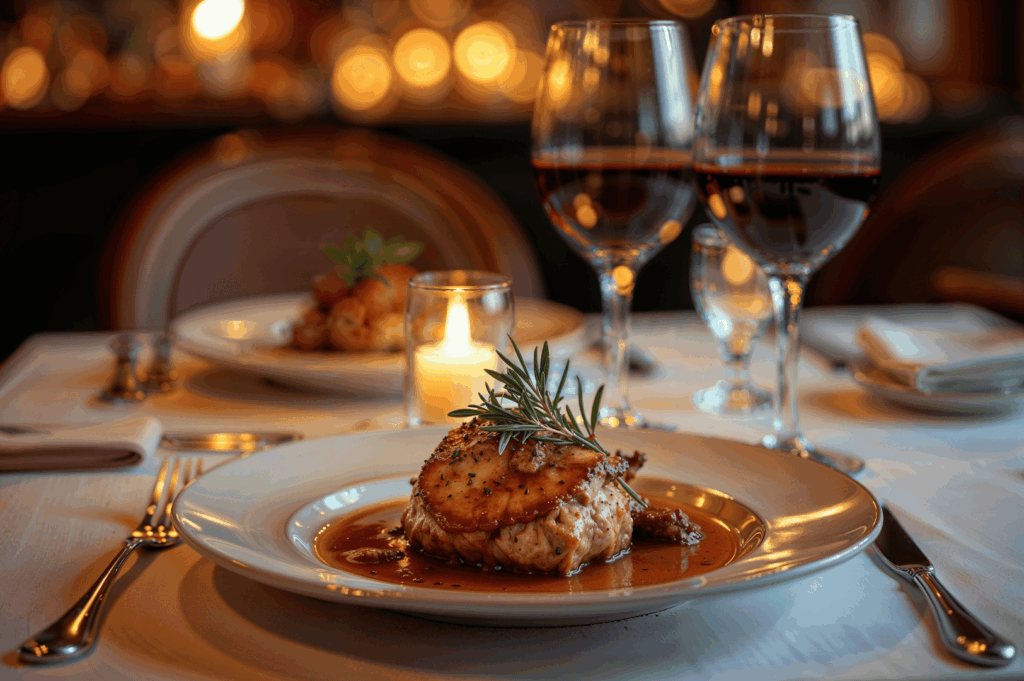
Inspectors dine anonymously, assessing not just flavor but also service, atmosphere, and attention to guest needs. While ambiance matters, cuisine is central. A Michelin restaurant must deliver a complete experience: innovative yet consistent, personalized yet precise. Any person, regardless of background or familiarity with fine dining, can enjoy Michelin dining and feel welcome to explore these exceptional experiences.
Iconic Michelin Dishes
Thomas Keller’s “Oysters and Pearls” – Luxurious yet subtle, pairing oysters, caviar, and sabayon in perfect harmony.
Ferran Adrià’s “Liquid Olive” – A burst of reimagined tradition, showcasing the playfulness of modernist cuisine.
These dishes reveal why Michelin dining is more than food—it’s about wonder and storytelling.
The Human Element: Chefs and Service
Behind every star are chefs and staff who elevate dining to an art form. Many Michelin-starred chefs are counted among the world’s top culinary talents, earning global recognition for their skill and creativity. Chefs channel heritage, discipline, and creativity into every plate. Service staff anticipate needs with precision—explaining dishes with passion, pairing wines seamlessly, and making guests feel valued.
This combination of artistry and hospitality ensures that even in less formal settings, Michelin dining feels unforgettable.
Gourmet Dining: Elevating the Experience
Today, we are experiencing a golden age of fine dining, where innovation and creativity are redefining the gourmet dining scene.
Step into a Michelin-starred restaurant and you’re immersed in sophistication: soft lighting, curated menus, and flavors designed to surprise. Whether reinterpreting classics or introducing bold innovations, each course celebrates ingredient quality and chef’s style.
Michelin Dining vs Fine Dining: The Differences
Both fine dining and Michelin restaurants aim to delight, but there are key distinctions:
Price & Prestige – Michelin stars often command higher prices, reflecting rare ingredients, technical mastery, and exclusivity.
Ambiance – Fine dining may emphasize elegance and tradition, while Michelin venues range from formal to surprisingly casual.
The X-Factor – Michelin restaurants deliver emotion and storytelling—moments that turn meals into memories.
Importantly, value exists at every level. Street food stalls, like those recognized in Singapore’s Michelin Guide, prove that excellent cooking doesn’t require luxury surroundings. Many casual or family-run Michelin establishments do not require a reservation, making them more accessible to a wider range of diners.
Practical Tips for Michelin and Fine Dining
Match the Occasion – Reserve Michelin dining for milestones; opt for fine dining for refined yet more accessible experiences.
Try Lunch Menus – Many Michelin restaurants offer affordable midday tasting menus.
Be Open to the Chef’s Vision – Seasonal menus and chef’s selections reveal the heart of their creativity.
Plan Ahead – Reservations are essential for Michelin’s most sought-after tables.
Casual Dining vs Fine Dining: Worlds Apart at the Table
Casual dining establishments offer a relaxed, informal setting where guests can enjoy a variety of dishes without the constraints of a dress code or formal décor. The focus is on comfort, convenience, and affordability, making these restaurants perfect for everyday meals and spontaneous gatherings. Menus are often broad, catering to a wide range of tastes and preferences, and the ambiance is lively and unpretentious.
In contrast, fine dining restaurants—and especially Michelin star restaurants—invite guests into a world of culinary excellence. Here, every detail is considered: from the formal dress code and sophisticated ambiance to the carefully curated menus that highlight seasonal and locally sourced ingredients. The dining experience is elevated by exceptional cuisine, attentive service, and an atmosphere designed to create a sense of occasion. Each dish is crafted with precision, reflecting the chef’s vision and a commitment to quality.
Choosing between casual and fine dining depends on the occasion and your personal preferences. Whether you seek the comfort of a familiar meal or the excitement of a special journey through the culinary arts, both types of establishments offer their own unique charm. Ultimately, it’s about finding the right setting to match your mood, your tastes, and the memories you wish to create.
Special Occasions: When Fine Dining Becomes a Memory
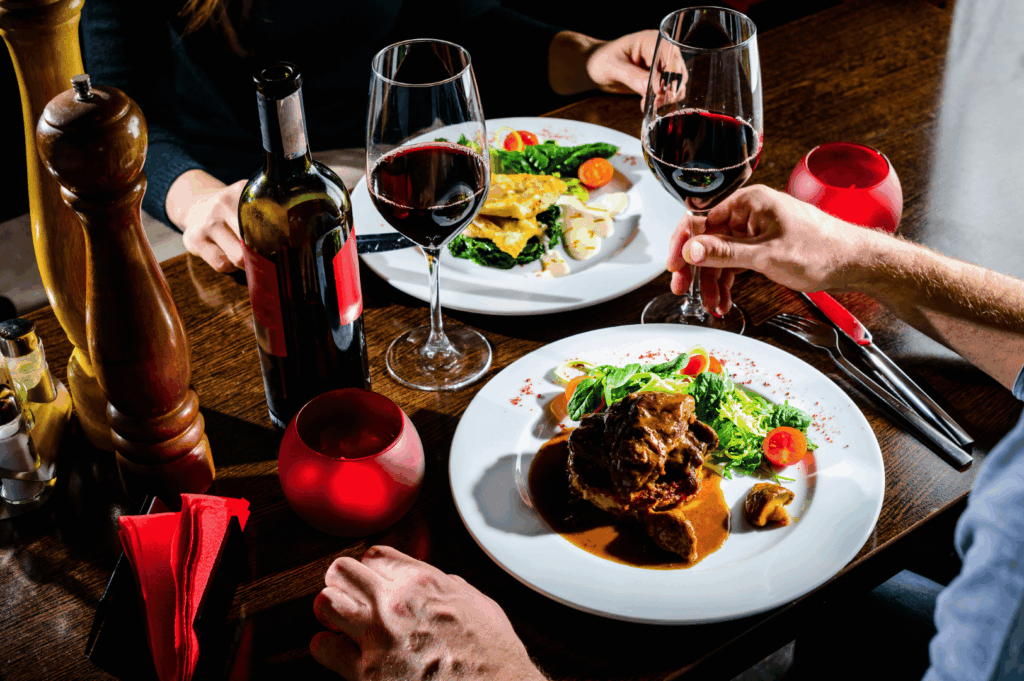
There are moments in life that call for more than just a meal—they demand an experience worthy of remembrance. Fine dining restaurants and Michelin starred establishments are designed for these very occasions, transforming celebrations into lasting memories. Whether it’s an anniversary, a milestone birthday, or a romantic proposal, the sophisticated ambiance and exceptional cuisine of a fine dining establishment set the stage for something truly special.
A Michelin starred restaurant elevates the fine dining experience even further, offering a level of culinary excellence and attention to detail that makes every special occasion unforgettable. Whether dining with friends or sharing an intimate evening for two, guests can expect a seamless blend of great food, refined service, and a setting that feels both exclusive and welcoming. In these moments, fine dining becomes more than just eating—it becomes a cherished memory, created and savored together.
Connecting Food with Culture: A Singapore Perspective
Dining is more than what’s on the plate—it’s about cultural immersion. In Singapore, exploring Michelin dining and fine dining pairs beautifully with walking through heritage districts like Chinatown, Kampong Glam, and Little India.
Just as a tasting menu reveals layers of flavor, these neighborhoods reveal layers of history. A Chinatown Singapore travel guide may highlight hawker stalls alongside star restaurants, while Kampong Glam and Little India offer vibrant flavors that echo the diversity of fine dining itself. Together, they remind us that culinary excellence exists both in prestigious restaurants and in cultural streets brimming with heritage.
Conclusion: The Art of Exceptional Cuisine
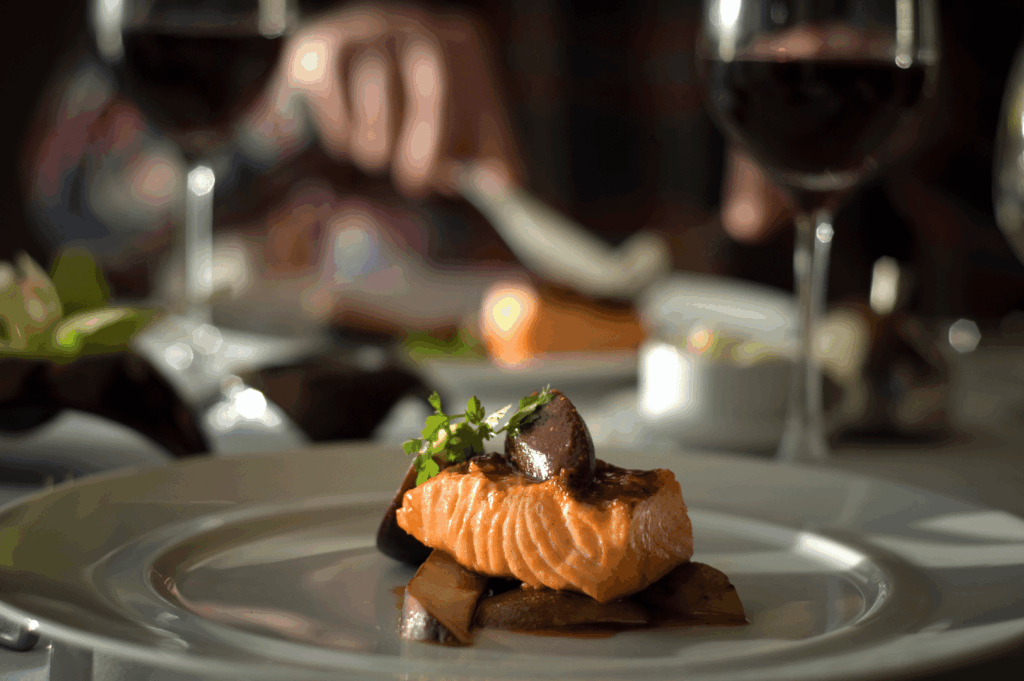
Whether savoring a Michelin experience awarded the coveted three stars—the highest level of Michelin dining—or exploring a fine dining establishment in your city, the heart of remarkable dining lies in passion, precision, and creativity. Michelin dining vs fine dining isn’t about better or worse—it’s about understanding what you seek: luxury, storytelling, innovation, or intimacy.
And just as Singapore’s heritage districts invite travelers to savor culture one step at a time, Michelin and fine dining experiences invite diners to savor artistry one bite at a time. Both are journeys worth taking, and both leave lasting impressions that go far beyond the meal.
